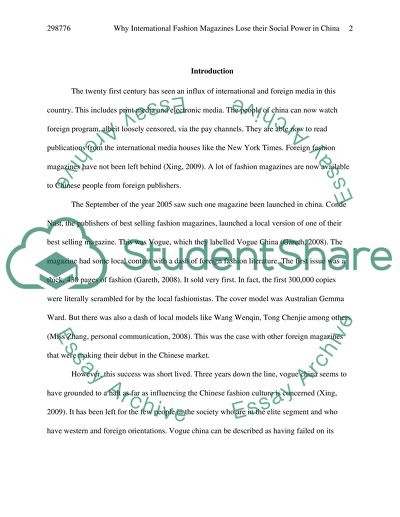Cite this document
(“Chinese Fashion Industry Essay Example | Topics and Well Written Essays - 5000 words”, n.d.)
Chinese Fashion Industry Essay Example | Topics and Well Written Essays - 5000 words. Retrieved from https://studentshare.org/visual-arts-film-studies/1528955-chinese-fashion-industry
Chinese Fashion Industry Essay Example | Topics and Well Written Essays - 5000 words. Retrieved from https://studentshare.org/visual-arts-film-studies/1528955-chinese-fashion-industry
(Chinese Fashion Industry Essay Example | Topics and Well Written Essays - 5000 Words)
Chinese Fashion Industry Essay Example | Topics and Well Written Essays - 5000 Words. https://studentshare.org/visual-arts-film-studies/1528955-chinese-fashion-industry.
Chinese Fashion Industry Essay Example | Topics and Well Written Essays - 5000 Words. https://studentshare.org/visual-arts-film-studies/1528955-chinese-fashion-industry.
“Chinese Fashion Industry Essay Example | Topics and Well Written Essays - 5000 Words”, n.d. https://studentshare.org/visual-arts-film-studies/1528955-chinese-fashion-industry.


